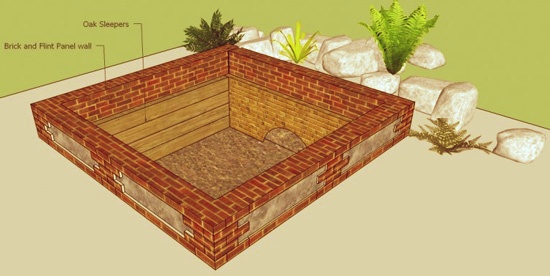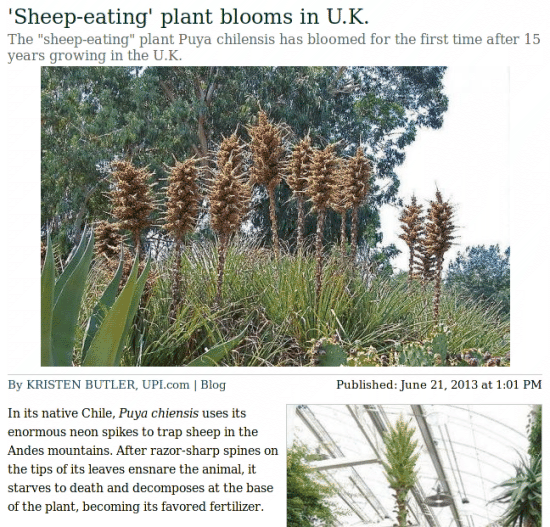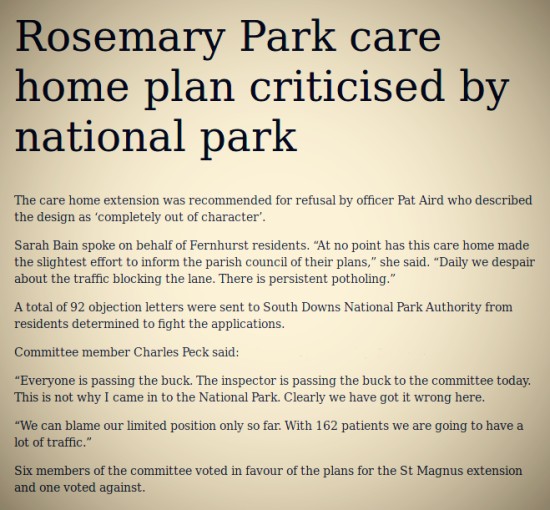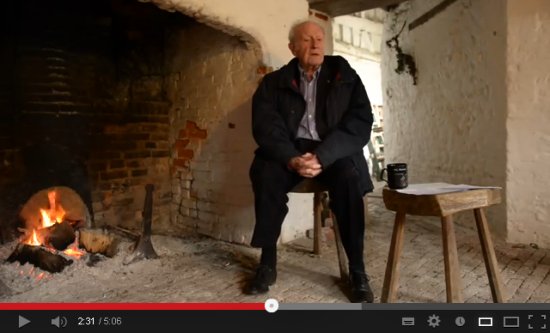Monthly Archives: June 2013
SDNPA chair re-elected
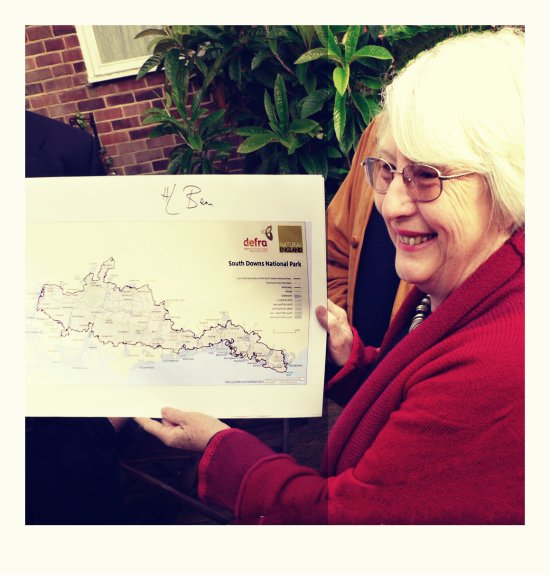
The West Sussex Gazette reports that:
Margaret Paren OBE has been re-elected as chair of the South Downs National Park Authority for the fourth year .. [She] became chair at the authority’s inaugural meeting in April 2010. Her working career was spent in Whitehall, mainly in the Ministry of Defence but also with spells in the Cabinet Office and in the National Audit Office. Following early retirement she became involved in local community activities and the Campaign for the Protection of Rural England. From 2001 she was involved as a campaigner for the National Park and as a member of the South Downs Joint Committee.
Matthew Cohen

Just in case you somehow managed to miss our earlier post, the June issue of Pigeon Post, and coverage in the local press from Brighton to Portsmouth, be warned that Matthew Cohen (M C Driveways) of Small Dole hasn’t given up. He was persistently touting for custom in the centre of Fulking less than a month ago and only backed off when a resident made it clear that he was aware of Cohen’s recent convictions. If he turns up on your doorstep and is reluctant to leave, call 101 and cite Sussex Police reference 1200 of 31 May 2013.
Jack & Jolyon
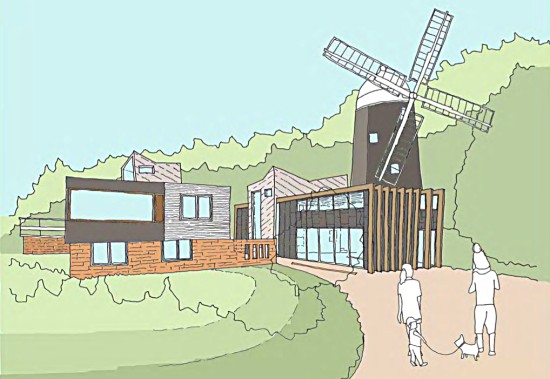
The Argus reports:
A London barrister plans to spend up to £750,000 on the restoration of a historic Sussex windmill. Jolyon Maugham and his wife Claire bought the Grade II* listed Jack windmill at Clayton for £1.1 million last year and have submitted plans to the South Downs National Park Authority for a “massive” restoration project. If the plans get the go-ahead, the Maughams .. will put back the five-storey building’s distinctive timber cap, which was removed earlier this year for urgent repairs, to match its twin windmill Jill. And they also want to repair the Grade II* listed Duncton Mill on the site, and refurbish a granary and a 1960s house, where the family is currently living.
Fulking Post Office
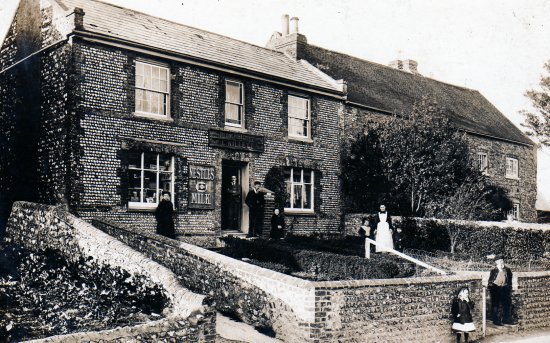
Fulking Post Office as it was around 1900 soon after the proprietor, Edward Willett, had moved the franchise there from its previous location adjacent to the Shepherd & Dog. The sign above the door describes the shop as a “family grocer, draper and baker”. Note the Nestle’s Milk hoarding to the left of the door and the brick pillar Post Office letter box to the immediate right. The building to the right is the Old Farmhouse.
In 1851 and 1861, the shop was run as a grocers by the Welling family (William Welling was also a builder). By 1871 the shop had passed into the hands of Charles and Orpha Mitchell, a young couple who ran it as a grocers and drapers with the aid of an assistant. Throughout this entire period, the Old Farmhouse had been in the hands of the Stevens family. In 1881, Emily Graimes (née Stevens), a widow, and her sister Susannah Stevens, were running a grocery, bakery and drapers shop in the adjacent building. By 1891, the shop had passed into the hands of young siblings Joseph and Elizabeth Newman. During all of this period since 1851, there had been two shops in Fulking, the other one being the Bake House, Corn Store & Post Office owned by Edward Willett and located next to the Shepherd and Dog in a house that is now called the Old Bakehouse. Some time after 1891, Edward Willett closed his own premises and took over his competitor’s. The new Willett enterprise combined the roles of grocer, draper, baker and post office in a single shop.
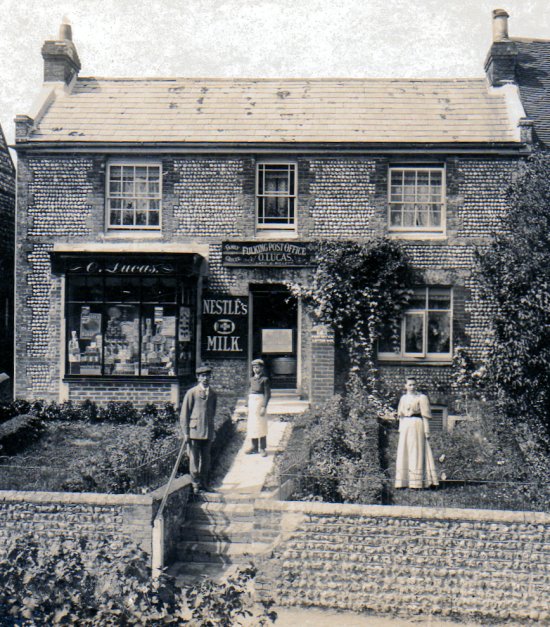
A postcard showing Fulking Post Office in the very early years of the twentieth century. Note the addition of the bay display window. It is likely that Obadiah and Rhoda Lucas are the couple in the photograph, together with their son James who was born in 1892. James was to die in France in 1916 and his name is recorded on the war memorial in the church in Edburton.
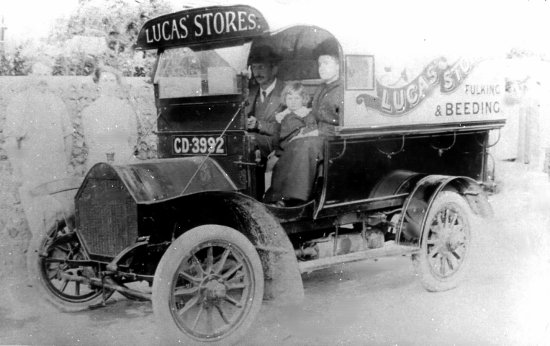
A Lucas Stores, Fulking & Beeding delivery van from the early 1900s, probably an Albion. Albion vans were built in Scotland and had a reputation for reliability. Harrods ran a fleet of them.
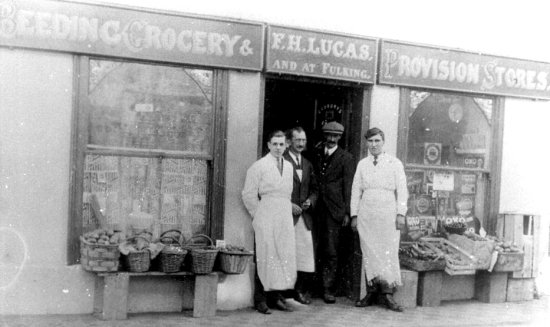
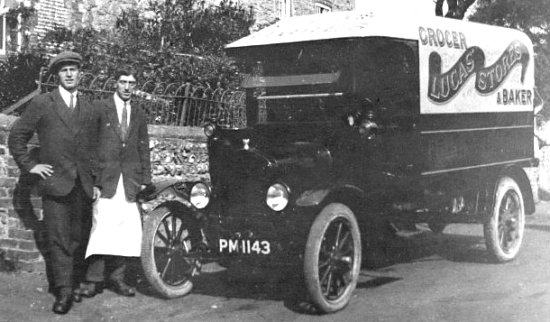
A Lucas Stores, Grocer & Baker Model T Ford delivery van c1920, outside the Fulking shop. The man on the right is Obadiah’s younger son, Percy.
In their heyday, probably during the 1930s, the Fulking and Small Dole shops employed nine men full-time and sold almost everything that local people needed. During the Second World War, business was sustained by the government rationing programme. Because there were relatively few cars and petrol was strictly rationed, people shopped locally and village shops thrived.
In addition to being a shrewd businessman, Percy was popular and well respected and those who knew him spoke highly of him. Whenever possible he was prepared to help his customers by allowing them credit until pay-day, cooking special cakes (including Christmas cakes) in the bread oven when it was not in use, and even cooking turkeys and puddings for customers at Christmas.
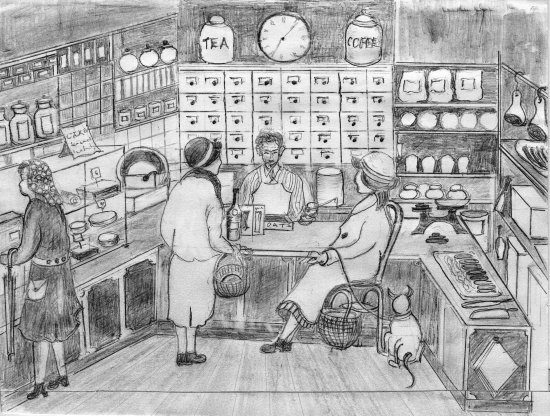
A crude but informative drawing by George Ridge showing the interior of the shop in the Percy Lucas era
Ownership then passed through several hands until Robin and Marlene Howarth purchased the premises in 1972. They made some major changes, including demolishing a flint stable in the back garden and replacing it with a tearoom. However they were refused planning permission for a two-storey guest accommodation extension. Nevertheless, the tearoom was a great success. The profits were augmented by a modest income from the shop and post office and the business as a whole provided seasonal employment for several people from the village. In the 1980s the shop passed into the hands of Ted Croxton and his wife but business had started to decline and the property was once again put on the market.
In 1985 Gill and Stuart Milner purchased the shop. The tearoom was closed and the shop concentrated on running the small post office and selling mainly local Sussex produce including fresh baked bread, honey, vegetables, free range eggs and Horton’s ice cream as well as sweets, groceries and frozen food. Later a range of art, crafts, aerial photographs taken by a local pilot, clocks repaired by a local resident, small antiques and antique books was added to the stock, along with a selection of maps and postcards. Also on sale, of special interest for visitors to the village, was a small guide, entitled A Walk Down The Street, written and published by Stuart Milner.
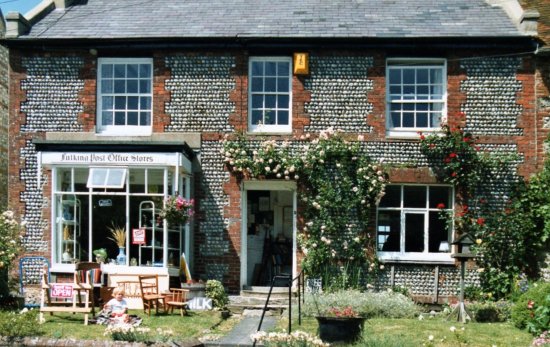
Fulking Post Office Stores as it was in the early 1990s shortly before it closed and returned to being a private house after well over a century as a shop. It looks very little different today but a red Post Office letter box outside on the garden wall by the road serves as a reminder of the role that it once played in village life.
Tony Brooks
The Post Office Stores and house attached to the east. One building. Early Clg. Two storeys. Three windows. Faced with cobbles on first brick dressings, quoins and stringcourse. Slate roof. Glazing bars intact on first floor. Projecting shop window on west half of ground floor.
[Copyright © 2013, Anthony R. Brooks. Adapted from Anthony R. Brooks (2008) The Changing Times of Fulking & Edburton. Chichester: RPM Print & Design, pages 38-46, 159-159, 420.]
Updated with corrections in June 2015.
Currently popular local history posts:



